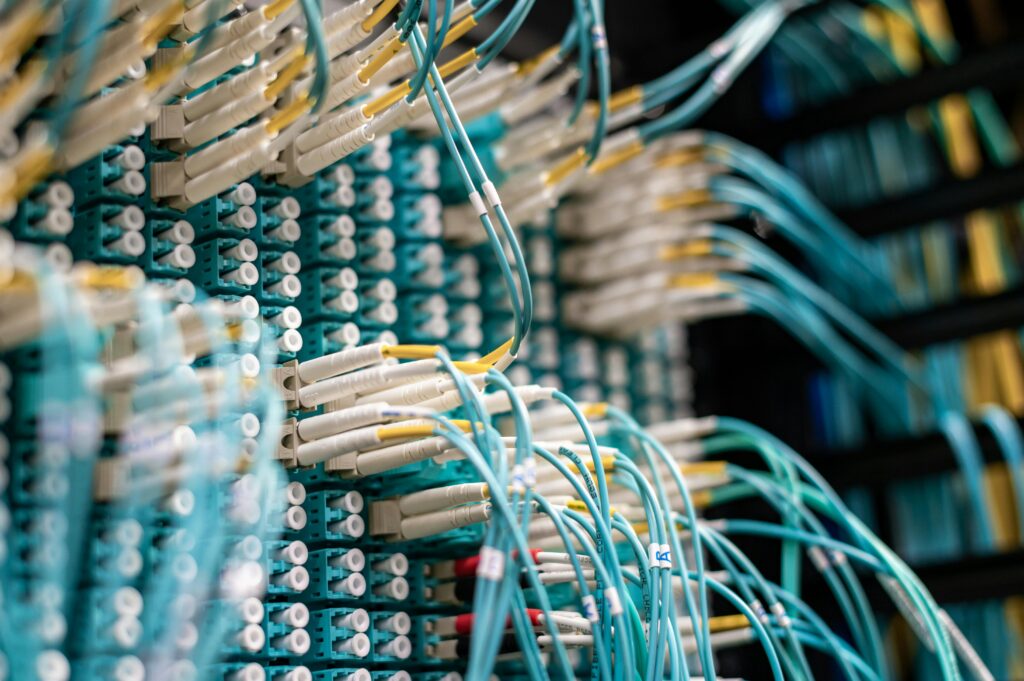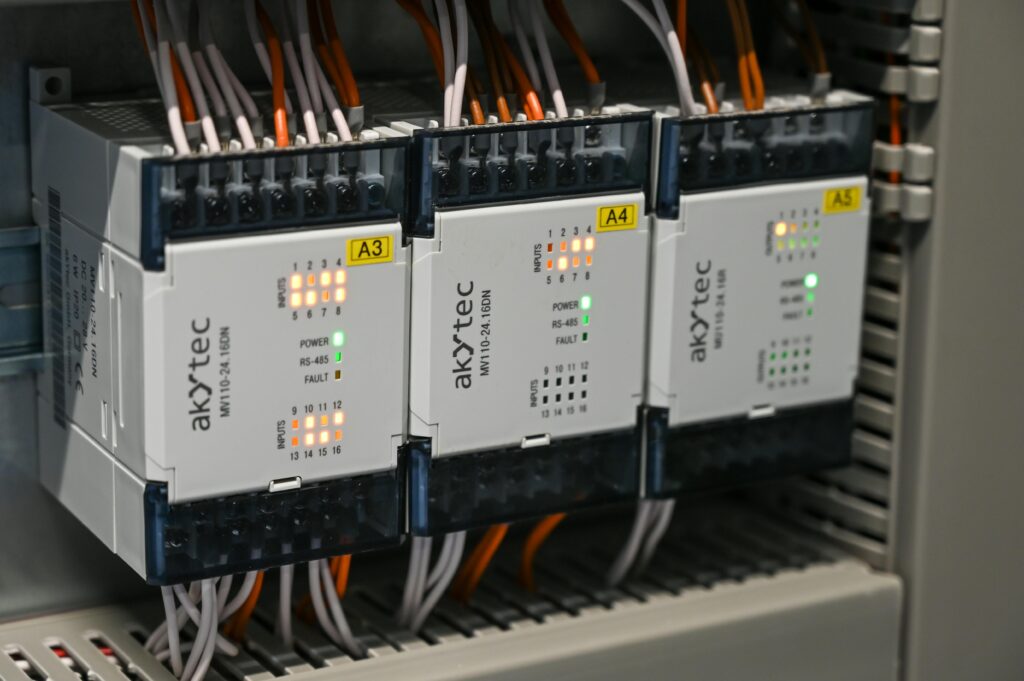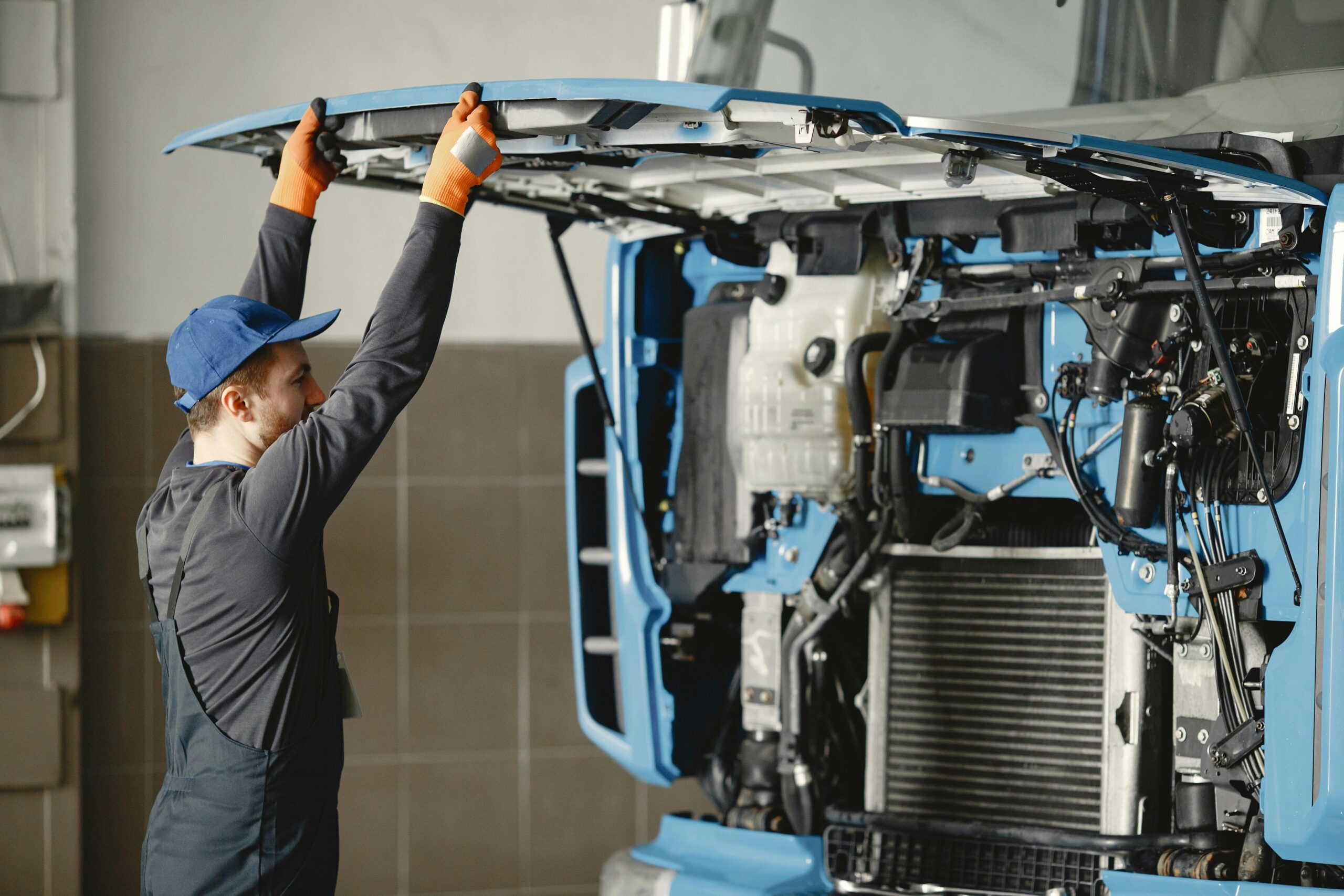Choosing the right landfill and resource recovery facility is no small feat. With the growing emphasis on sustainability and efficient waste management, finding a facility that aligns with your environmental and operational goals is more critical than ever. Here are 30 tips to help you navigate this crucial decision.
Understanding Your Needs
First things first, you need to understand your waste management needs. Assess the types of waste your business generates, whether it’s organic, recyclable, hazardous, or electronic. Estimate the volume of waste produced and determine if your needs are short-term or long-term. This foundational understanding will guide your search for the right facility.
Environmental Impact
The environmental policies of the facility are paramount. Look for facilities with green certifications and those that comply with environmental regulations. A facility that follows best practices in waste management, such as proper disposal methods and recycling, is essential for minimizing your environmental footprint.
Location and Accessibility
Proximity matters. The closer the facility is to your operations, the lower your transportation costs and environmental impact. Consider the logistics, such as ease of access during different seasons and the reliability of transportation routes.
Cost Considerations
Understanding the fee structure is crucial. Some facilities might have hidden costs or surcharges. Conduct a cost-benefit analysis to ensure that the fees align with the services provided. Remember, the cheapest option might not always be the best in the long run.
Choosing the Right
Facilities with robust recycling capabilities are preferable. Check the types of materials they can recycle and their recycling rates. Partnerships with recycling programs can also be a good indicator of a facility’s commitment to sustainability.
Safety and Compliance
Safety should never be compromised. Ensure the facility adheres to safety regulations and has a stellar safety record. Worker training programs and a strong safety culture are indicators of a well-managed facility.
Technology and Innovation
Advanced waste processing technologies can significantly enhance efficiency. Facilities investing in research and development and adopting innovative waste reduction techniques are likely to provide better service and stay ahead of industry trends.

Capacity and Scalability
A facility must be able to handle your current waste volume and scale up as your needs grow. Assess their current capacity and their ability to expand operations or handle peak waste periods without compromising service quality.
Community Relations
Good facilities engage with their local communities. They address community concerns, contribute to the local economy, and operate transparently. Positive community relations are often a sign of responsible management.
Customer Service
Responsive and supportive customer service can make a significant difference. Look for facilities that offer customer education programs, handle complaints efficiently, and are readily available to address your concerns.
Sustainability Initiatives
A commitment to sustainable practices is essential. Facilities using renewable energy, reducing their carbon footprint, and actively pursuing sustainability initiatives are better choices for environmentally conscious businesses.
Legal and Regulatory Compliance
Ensure the facility has all necessary permits and licenses and adheres to local, state, and federal regulations. A good track record of legal compliance is crucial for avoiding future complications.
Waste Tracking and Reporting
Transparency is key. Facilities offering waste tracking systems and detailed reporting practices ensure you are fully informed about your waste management process. This transparency builds trust and accountability.
Site Inspections and Tours
Visiting the facility can provide valuable insights. Regular site inspections and independent audits ensure the facility maintains high standards. Facility tours for potential clients can also showcase their operations and commitment to quality.
Choosing the Right
If your business generates hazardous, electronic, or medical waste, ensure the facility can handle it appropriately. Specialized waste management capabilities are crucial for compliance and safety.
Partnerships and Collaborations
Facilities that collaborate with other waste management entities, environmental organizations, and industry bodies often provide better services and stay updated with industry best practices.
Contract Terms and Conditions
Clarity in contract terms is essential. Ensure the terms are transparent, flexible, and include reasonable exit clauses. Avoid long-term commitments if the facility doesn’t meet your standards.
Performance Metrics
Evaluate the facility’s performance through key performance indicators (KPIs). Regular performance reviews and a proven track record can help you gauge their reliability and efficiency.
Reviews and References
Customer reviews and testimonials can provide insights into the facility’s reputation. Request references and review case studies to understand their service quality and client satisfaction.

Technological Integration
Facilities that integrate with your systems for digital reporting and data management can streamline your waste management processes. The use of AI and machine learning can also enhance efficiency and decision-making.
Emergency Preparedness
A facility’s Choosing the Right emergency response plan and disaster recovery capabilities are crucial for handling unforeseen situations. Ensure they provide adequate training for emergency scenarios.
Employee Expertise
The qualifications and continuous training of key personnel reflect the facility’s commitment to excellence. Industry certifications and Choosing the Right experienced staff are indicators of a capable facility.
Financial Stability
A financially stable facility is more likely to provide consistent and reliable services. Check their financial health, investment in infrastructure, and long-term viability to ensure they can meet your needs.
Ethical Practices
Commitment to ethical waste management practices is non-negotiable. Transparency in operations, corporate social responsibility (CSR),Choosing the Right and a strong ethical stance are signs of a trustworthy facility.
Technology Upgrades
Regular upgrades and maintenance of technology are essential for staying competitive. Facilities adopting cutting-edge technologies and future-proofing their operations can provide superior services.
Client Customization
Look for facilities that offer tailored waste management solutions Choosing the Right to meet your specific needs. Flexibility and personalized customer service can enhance your overall experience.
Innovation in Choosing the Right
Facilities that innovate in waste diversion and reduce landfill dependency promote a circular economy. Creative waste diversion methods are essential for sustainable waste management.
Government and Industry Recognition
Recognition by government bodies and industry associations often indicates a facility’s excellence. Awards and accreditations can serve as benchmarks for quality and reliability.

Final Considerations
Making an informed decision involves aligning the facility Choosing the Right choice with your business goals. Consider the long-term benefits of selecting a facility that meets all your criteria and supports your sustainability efforts.
Additional Choosing the Right
While we’ve covered a broad range of topics to help you choose the right landfill and resource recovery facility, there are a few additional considerations that can further refine your decision-making process. These aspects may not be immediately obvious but can significantly impact your choice.
Innovation in Waste Management Practices
Some facilities are leading the charge with innovative waste management practices. These can include new methods for waste segregation, composting programs Choosing the Right, or unique partnerships with local businesses to repurpose waste. Innovative practices not only improve efficiency but also contribute to sustainability goals.
Transparency in Operations
Transparency is a hallmark of a trustworthy facility. Look for those that provide clear and open communication about their operations, from waste processing methods to environmental impact reports. Facilities that are transparent about their processes are more likely to adhere to ethical and environmental standards.
Long-Term Partnership Potential
Consider the potential for a long-term partnership with the facility. A strong partnership can provide stability and consistency in your waste management strategy. Look for facilities that show a commitment to growing and adapting alongside your business.
Technological Advancements
Stay ahead of the curve by choosing a facility that invests in technological advancements. This can include the use of artificial intelligence for better sorting and recycling, or advanced tracking systems that provide real-time data on waste management. Technologically advanced facilities are often more efficient and can offer better service.
Impact on Your Brand
Your choice of a landfill and resource recovery Choosing the Right facility can also impact your brand. Partnering with a reputable, environmentally responsible facility can enhance your company’s image and demonstrate your commitment to sustainability. This can be a powerful tool in marketing and public relations

Educational Opportunities
Some facilities offer educational programs and resources for their clients. These can help you better understand waste management practices and how to improve your own processes. Educational opportunities can be particularly beneficial for businesses looking to enhance their sustainability efforts.
Choosing the Right and Evaluation
Continuous monitoring and evaluation of the facility’s performance are crucial. Look for facilities that provide regular updates and reports on their operations and performance metrics. This ongoing evaluation helps ensure that the facility continues to meet your needs and standards.
Renewable Energy Use
Facilities that use renewable energy sources for their operations reduce their carbon footprint and promote sustainability. Check if the facility incorporates solar, wind, or other renewable energy sources into their processes. This can be a significant factor in your decision.
Customer Satisfaction
Lastly, don’t underestimate the importance of customer satisfaction. Facilities that prioritize customer satisfaction through excellent service, responsiveness, and effective problem-solving are likely to provide a better overall experience. Look for customer reviews and testimonials to gauge satisfaction levels.
Final Decision-Making
After considering all these factors, it’s time to make your decision. Create a checklist based on the criteria we’ve discussed and compare different facilities. This systematic Choosing the Right approach ensures you choose a facility that aligns with your operational and sustainability goals.
Involving Stakeholders in the Decision-Making Process
One often overlooked but essential aspect of choosing a landfill and resource recovery facility is involving your stakeholders in the decision-making process. This can include employees, community members, and even customers who may be impacted by your waste management practices. By seeking input from a diverse group of stakeholders, you can ensure that the facility you choose meets the needs and expectations of all parties involved.
Employee Involvement
Engaging your employees in the decision-making process can provide valuable insights and foster a sense of ownership and responsibility. Employees who are directly involved in waste management processes can offer practical feedback on what features and services are most beneficial. Additionally, involving employees can lead to better implementation of waste Choosing the Right management practices, as they are more likely to be invested in a decision they helped make.
Community Engagement
If your business has a significant impact on the local community, it’s crucial to engage with community members and leaders. Hosting informational sessions or town hall meetings can provide a platform for community members to voice their concerns and preferences. This engagement not only helps in selecting a facility that aligns with community values but also strengthens your business’s relationship with the local population.
Customer Feedback
In some cases, your customers may have preferences or concerns regarding your waste management practices. For instance, customers who prioritize sustainability might prefer to do business with companies that partner with environmentally responsible facilities. Gathering customer feedback through surveys or focus groups can provide valuable data to inform your decision.
Long-term Planning
Choosing the right landfill and resource recovery facility is not just about meeting current needs but also planning for the future. Consider how the facility can accommodate your business’s growth and evolving waste management requirements. A forward-thinking approach Choosing the Right ensures that your choice remains relevant and effective as your business and industry landscape change.

Regular Reviews and Updates
Once you have selected a facility, it’s important to establish a routine for regular reviews and updates. Waste management needs and industry standards can change over time, and regular reviews ensure that the facility continues to meet your requirements. Set up periodic meetings with facility representatives to discuss performance, address any issues, and explore opportunities for improvement.
Contingency Planning
Even with the best facilities, unexpected situations can arise. Having a contingency plan in place for waste management disruptions is crucial. This can include alternative facilities or temporary waste storage solutions. A well-prepared contingency plan ensures that your business operations can continue smoothly, even in the face of unforeseen challenges.
Continuous Improvement and Innovation
A key component of effective waste management is the commitment to continuous improvement and innovation. This mindset ensures that the chosen facility not only meets current needs but also evolves to tackle future challenges. Here are some strategies to ensure continuous improvement in your waste management processes.
Regular Choosing the Right and Education
Investing in regular training and education for your staff is Choosing the Right crucial. This keeps everyone updated on the latest waste management practices and technologies. Encourage employees to attend industry conferences, workshops, and certification programs. Continuous learning fosters innovation and ensures that your team is equipped to handle emerging challenges.
Adopting Best Practices
Stay informed about industry best practices and benchmarks. Regularly compare your waste management strategies with those of leading companies in your sector. Adopting proven methods from industry leaders can enhance efficiency and sustainability in your operations.
Leveraging Data and Analytics
Utilize data and analytics to monitor and optimize your waste management processes. Advanced analytics can provide insights into waste generation patterns, identify areas for improvement, and help in making data-driven decisions. Implementing a robust waste tracking system can streamline this process and enhance transparency.
Investing in Research and Development
Investing in research and development (R&D) can lead to innovative waste management solutions. Collaborate with academic institutions, industry experts, and technology providers to explore new methods and technologies. R&D efforts can result in breakthrough solutions that significantly improve waste management efficiency and sustainability.
Feedback Mechanisms
Establishing feedback mechanisms allows for continuous improvement. Encourage employees, customers, and stakeholders to provide feedback on waste management practices. Regularly review this feedback and implement changes where necessary. A proactive approach Choosing the Right to feedback ensures that your waste management strategies remain effective and responsive to changing needs.
Sustainability Reporting
Transparency in sustainability efforts builds trust and accountability. Regularly publish sustainability reports detailing your waste management practices, achievements, and future goals. These reports not only demonstrate your commitment to environmental responsibility but also provide a benchmark for continuous improvement.
Innovative Waste Diversion Programs
Explore and implement innovative waste diversion programs. These programs can include initiatives such as composting organic waste, converting waste to energy, and Choosing the Right developing circular economy models. Innovative programs reduce landfill dependency and promote sustainable waste management practices.
Collaborative Efforts
Collaboration with other businesses, government agencies, and non-profit organizations can enhance your waste management efforts. Joint initiatives and partnerships can lead to shared resources, knowledge, and innovative solutions. Collaborative efforts often result in more comprehensive and effective waste management strategies.
Periodic Audits and Assessments
Conduct periodic audits and assessments of your waste management processes. Independent audits provide an objective evaluation of your practices and highlight areas for improvement. Regular assessments ensure that your strategies remain aligned with industry standards and regulatory requirements.
Embracing Circular Economy Principles
Adopting circular economy principles can transform your waste management approach. Focus on reducing waste generation, reusing materials, and recycling resources. Circular economy models minimize environmental impact and create sustainable business practices.

Conclusion
Selecting the right landfill and resource recovery facility is a critical Choosing the Right decision that requires careful consideration of various factors. By following these 30 tips, you can make an informed choice that supports your business needs and environmental responsibilities. A well-chosen facility not only improves your waste management but also contributes to your sustainability efforts and enhances your brand reputation.
FAQs
- What role does technology play in modern waste management facilities Choosing the Right?
Technology enhances efficiency and Choosing the Right effectiveness in waste management. Facilities using advanced technologies, such as AI and real-time tracking systems, can offer better service and innovate waste processing methods. - How can a facility’s community relations impact my business Choosing the Right?
Positive community relations indicate responsible management and can enhance your business’s reputation. Engaging with facilities that have strong community ties can also provide local support and collaboration opportunities. - Why are educational opportunities at the facility important Choosing the Right?
Educational programs help clients understand waste management practices and improve their own processes. This knowledge can lead to better waste reduction and sustainability efforts within your business. - What should I look for in a facility’s emergency preparedness plan Choosing the Right?
Ensure the facility has a comprehensive emergency response plan, including disaster recovery capabilities and regular training for emergencies. This preparedness minimizes risks and ensures continuity in waste management. - How do innovative waste management practices benefit my businessChoosing the Right?
Innovative practices improve efficiency and sustainability, reducing waste and potentially lowering costs. They also demonstrate a commitment to environmental responsibility, which can enhance your brand image

2 thoughts on “10 best Tips for Choosing the Right Landfill and Resource Recovery Facility”